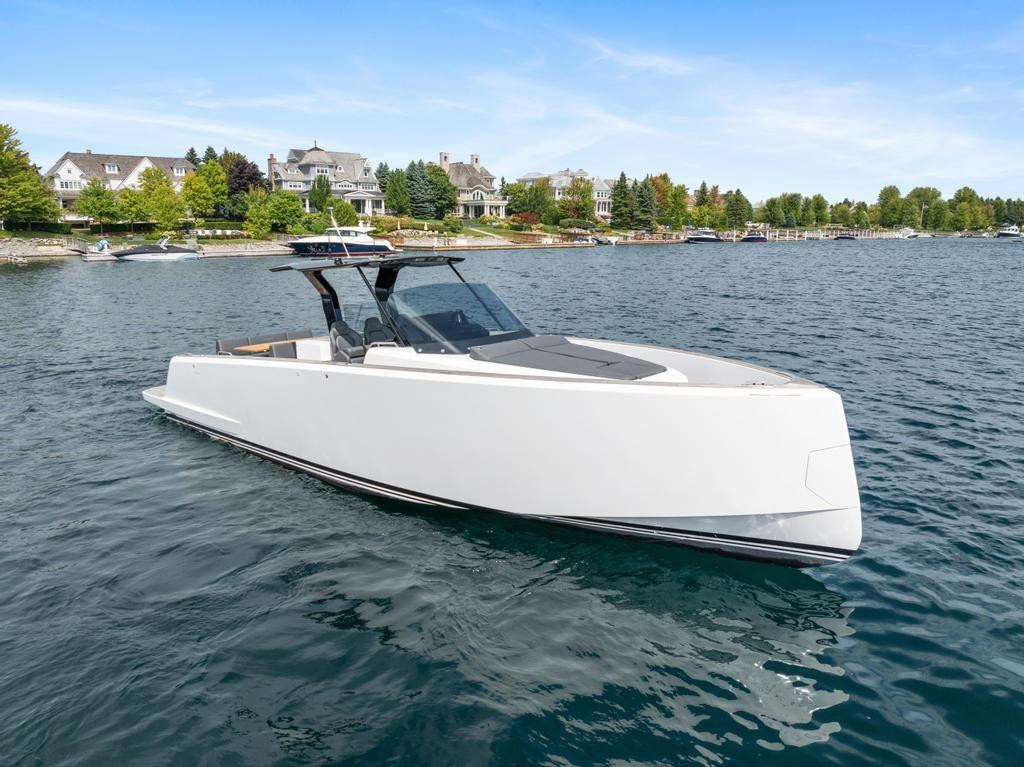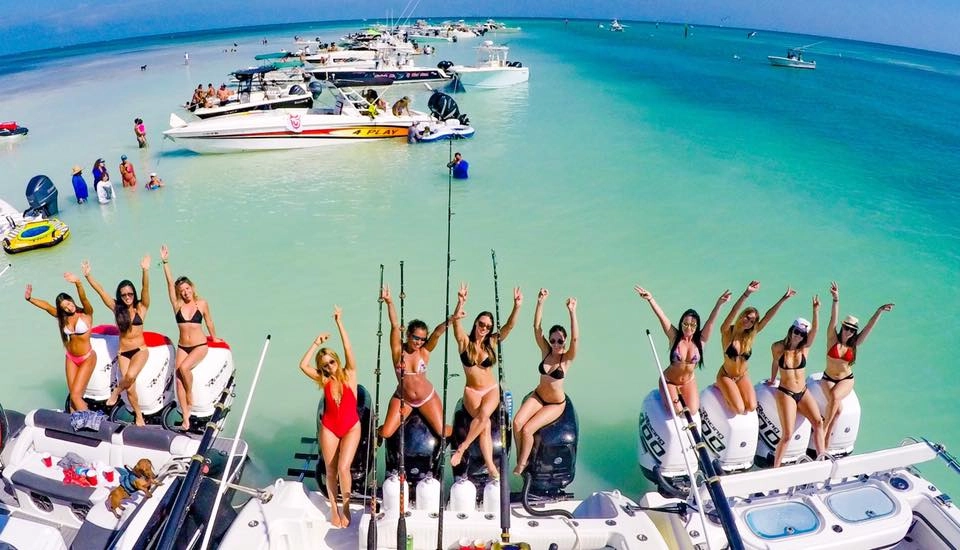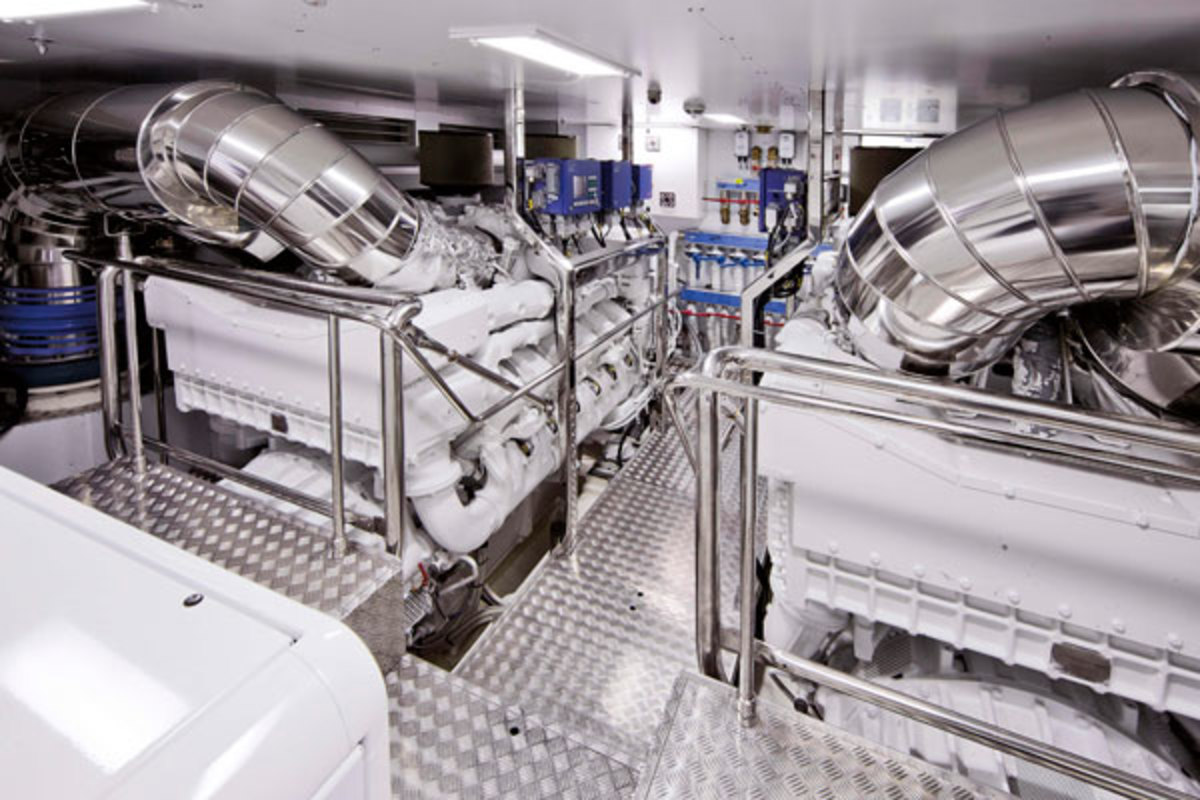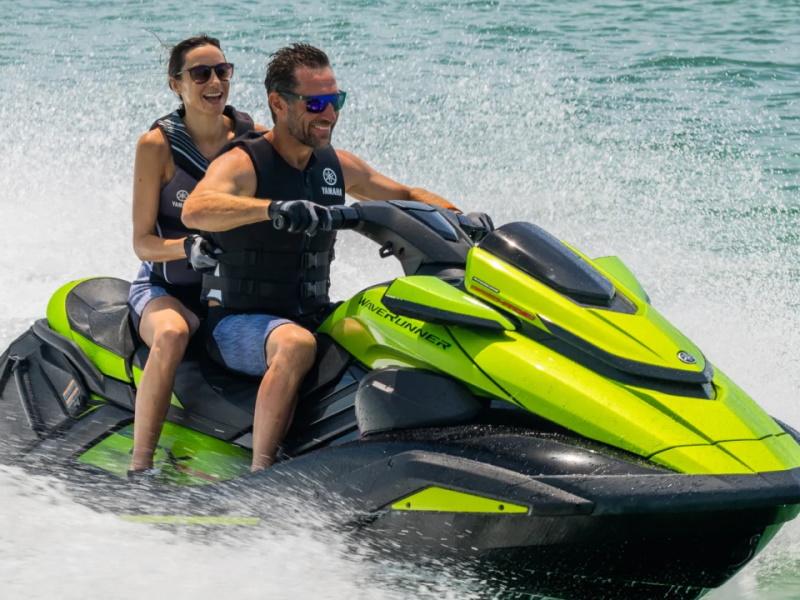
Other Boats
Other Boats: A Concise Guide to Alternative Boat Types
When exploring the world of boating, prospective boat owners or enthusiasts often become familiar with popular models such as speedboats, yachts, and sailboats. However, a vast array of alternative boat types offer unique experiences on the water. Understanding the variety of designs, from the sleek lines of trimarans to the compact form of dinghies, expands the horizons of boating possibilities. Each boat type is engineered with specific activities and environments in mind, influencing its construction, performance, and handling characteristics.
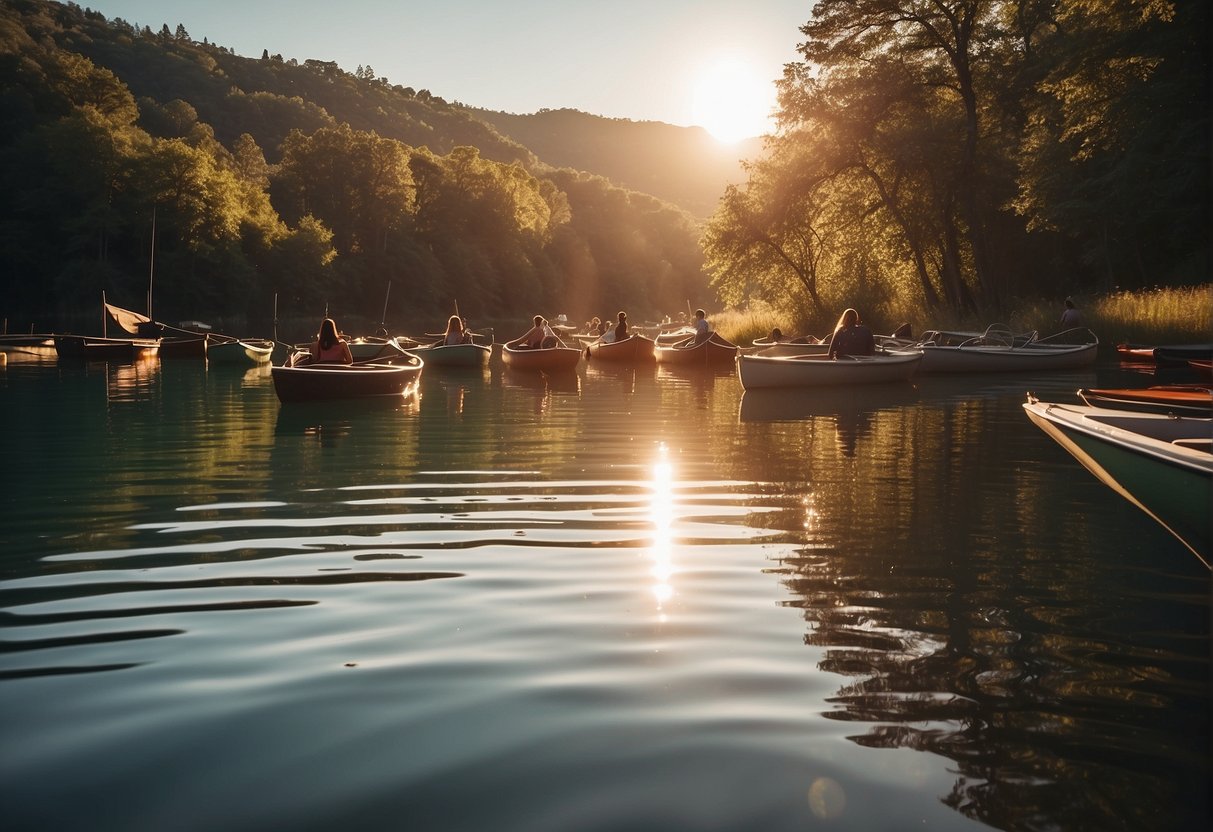
Selecting the right boat involves considering personal boating activities, whether it's quiet fishing trips, exhilarating water sports, or leisurely sailing. Factors such as required maintenance, navigational needs, and environmental considerations also play a crucial role in this decision. With ample options available, detailed knowledge about each boat type equips buyers and boating aficionados with the tools needed to make informed choices that align with their boating aspirations and lifestyle requirements.
Key Takeaways
- Various boat designs cater to different water-based activities and preferences.
- Boat type selection is guided by performance needs, maintenance considerations, and intended use.
- Informed boat choices require understanding the intricacies of design, handling, and legal aspects related to boating.
Understanding Boat Types
Choosing the right boat type is critical for maritime activities, whether it's for recreation, occupation, or transportation. Important considerations include the capacity for passengers, the type of water it is designed for, and the boat's power source.
Sailboats
Sailboats harness wind power through sails and are primarily used for leisure and competitive sailing. Catamarans, with their dual hulls, offer stability and space, making them favored among recreational sailors. Traditional yachts, often larger and equipped for longer voyages, can carry more passengers and provide comfort in open water.
Powerboats
Powerboats rely on motorized power and are a broad category ranging from small motorboats to large motor yachts. Their design prioritizes speed and power, with some speedboats capable of swift movements, ideal for thrill-seekers and marine sports. Deck boats have a wide beam offering ample space for passengers, suitable for social outings.
Fishing Vessels
Fishing boats are specialized for angling and catching seafood. Smaller fishing boats may be used by individual anglers for leisure fishing, while trawlers are larger, commercial vessels designed for deep-sea fishing expeditions, equipped with nets and gear to catch large quantities of fish.
Small Watercraft
This category includes canoes, inflatables, and dinghies. Canoes are ideal for calm water and can be paddled or sailed. Inflatable boats and banana boats are small, portable units that can be deflated and easily transported. They're often used for short trips and as lifeboats on larger vessels.
Specialized Boats
There are boats designed for specialized functions. Lifeboats provide safety in emergencies, being robust and buoyant. Some watercraft are tailored for public service, such as police boats or firefighting vessels, equipped with tools necessary for their specific roles on the water.
Luxury and Leisure Boats
For those seeking relaxation or long-term living on the water, houseboats offer amenities similar to a home. Luxury yachts exemplify opulence and comfort, boasting customized features, elegant living spaces, and the power to traverse larger bodies of water with ease.
Design and Construction
In the realm of alternative boat types, key design and construction elements define the function and performance of a vessel. The choice of hull shape, building materials, and onboard amenities determines the boat's suitability for various water conditions and use cases.
Hull Types
There is a wide array of hull types in boat design, each catering to different stability needs and water conditions. The catamaran design features two distinct hulls providing exceptional stability and space, ideal for leisure and long voyages. Oppositely, a v-shaped hull offers superior handling and a smoother ride in rough waters. Boats with a flat bottom are primarily suited for calm waters, as they can navigate shallow depths easily but may lack the steadiness of v-shaped or displacement hulls in choppy conditions. Displacement hulls are designed to move through the water with efficiency and are often found on larger vessels requiring significant buoyancy.
Materials and Build
Boat construction materials have evolved to include aluminum, fiberglass, and traditional wood. Aluminum boats are lightweight with impactful resistance to corrosion, making them a pragmatic choice for a variety of boat types. Fiberglass is a powerhouse in the boat-building industry due to its durability and ease of molding into various shapes, leading to its popularity in the manufacturing of both small boats and large yachts. Wood, while more traditional, continues to be favored for its classic aesthetics and the craftsmanship it represents, though it requires more maintenance to preserve its integrity against the elements.
Boat Amenities
The amenities found on boats greatly enhance the onboard experience. A well-designed galley can drastically improve the functionality of a boat, allowing for meal preparation similar to what is expected on land. Sleeping quarters such as berths provide comfort and privacy, which are especially appreciated on voyages that span multiple days. Larger boats, such as cabin cruisers, often feature these amenities in addition to ample living space, bringing a level of luxury and convenience to seafaring adventures.
Boat Performance and Handling
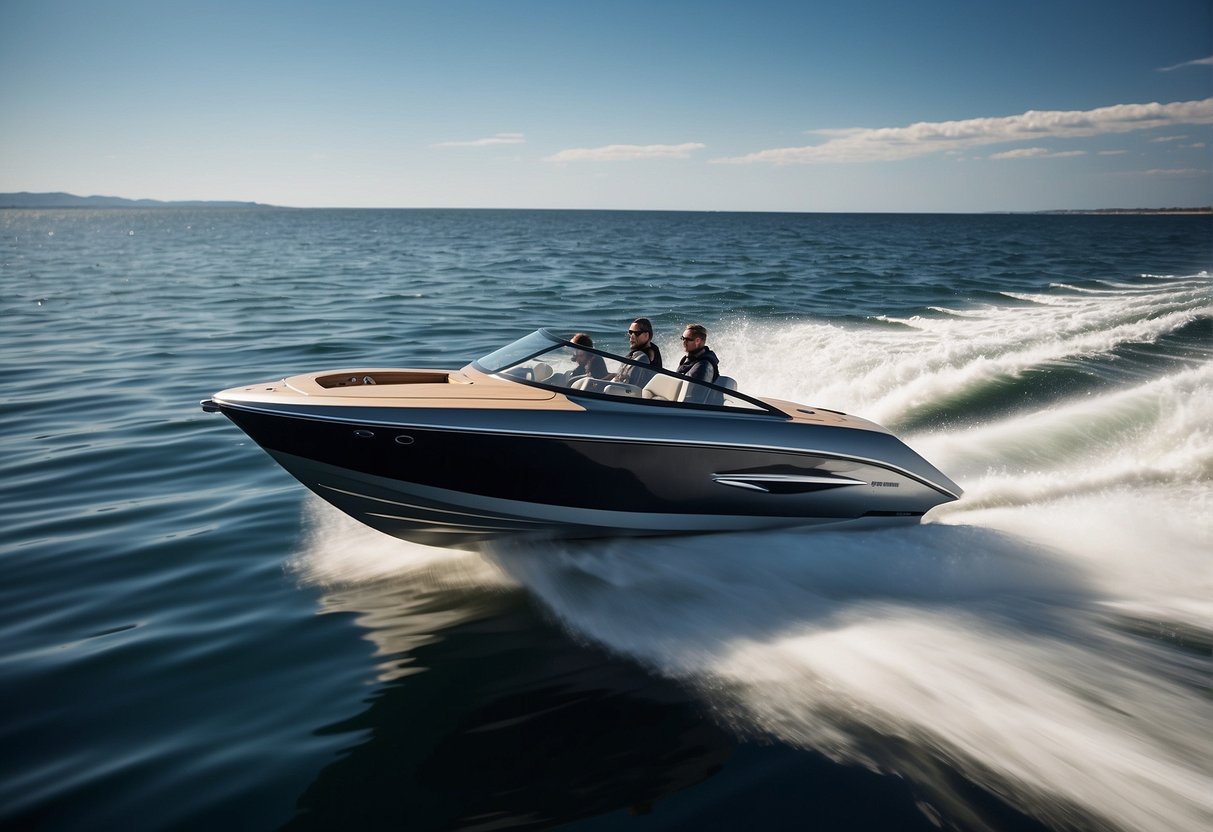
When discussing boat performance and handling, it's crucial to consider various factors that affect how a boat moves through water. Stability, power, and the ability to maneuver effectively are all pivotal for the boat's overall performance.
Stability and Displacement
Boat stability largely depends on the design of the hull and the displacement, which is the weight of water a boat pushes aside when afloat. A wider hull offers greater stability, which is beneficial for rough waters. As an aspect of performance, stability ensures that the boat can handle different sea conditions without compromising safety.
Speed and Power
A boat's speed and power are interconnected — more power generally means higher speed, yet this also depends on the boat's weight and bottom design. Outboard engines are a popular choice for many boat types, such as center consoles, due to their efficiency and contributions to overall performance. Power-to-weight ratio is a key determinant of a boat's speed capability.
Maneuverability
The rudder and hull shape directly influence a boat's maneuverability. Effective maneuverability means a boat can change direction responsively and navigate through tight spaces. Performance in this area is critical for boats that need to operate in crowded or complicated marine environments.
Boating Activities
Boating serves various purposes from practical transportation to pleasurable leisure activities. Each type of boating activity demands specific features from a vessel, whether it's ample deck space for fishing or smooth handling for water sports.
Fishing and Hunting
Boats used for fishing and hunting often require quiet mechanisms to approach fish or game without disturbance. For freshwater fishing, a boat with ample deck space and live wells for keeping the catch alive is essential. Offshore fishing might involve larger vessels capable of handling ocean conditions, with additional navigation gear.
Sports and Recreation
Boats oriented towards sports and recreation boast features like powerful engines and a design tuned for excelling at water sports. They may have towers and racks for wakeboards or come equipped with towing capabilities for tubing. These boats prioritize speed and agility to provide an exhilarating experience on the water.
Leisure and Travel
For leisure and travel, boats provide comfort and a means to enjoy serene cruising. They’re equipped for recreational activities such as swimming and cruising in various water environments, from lakes to open seas. This category includes everything from sailboats to yachts, designed for relaxation and transportation over longer distances with comfortable amenities.
Boat Selection and Purchase
Selecting and purchasing a boat is a significant decision influenced by intended use, budget, and anticipated costs. It requires careful consideration of the vessel's purpose, whether for fishing, leisure, or transportation on water, as well as a clear understanding of value for money.
Determining Boat Use
The primary factor in choosing a boat is its intended use. Prospective owners must decide if the vessel will be used primarily for fishing, weekend leisure activities or if it will serve as a means of transportation across water bodies. For instance, a fishing enthusiast would benefit from a boat designed with a live-bait well and rod holders, while those interested in leisure may prefer a boat with ample seating and entertainment features.
Budget and Cost Considerations
Understanding the full scope of cost implications is critical when purchasing a boat. Buyers should account for not just the purchase price, but also ongoing expenses such as maintenance, storage, insurance, and fuel. The value of a boat is not only in its price tag but also in its cost-effectiveness over time. A well-planned budget ensures the buyer selects a boat that is not only fitting for their use but also one that remains financially manageable.
Maintenance and Upkeep
Maintaining alternative boat types requires dedicated attention to their unique needs to ensure durability and safety. This involves routine checks and balances, careful storage and transportation, and the strict adherence to safety protocols.
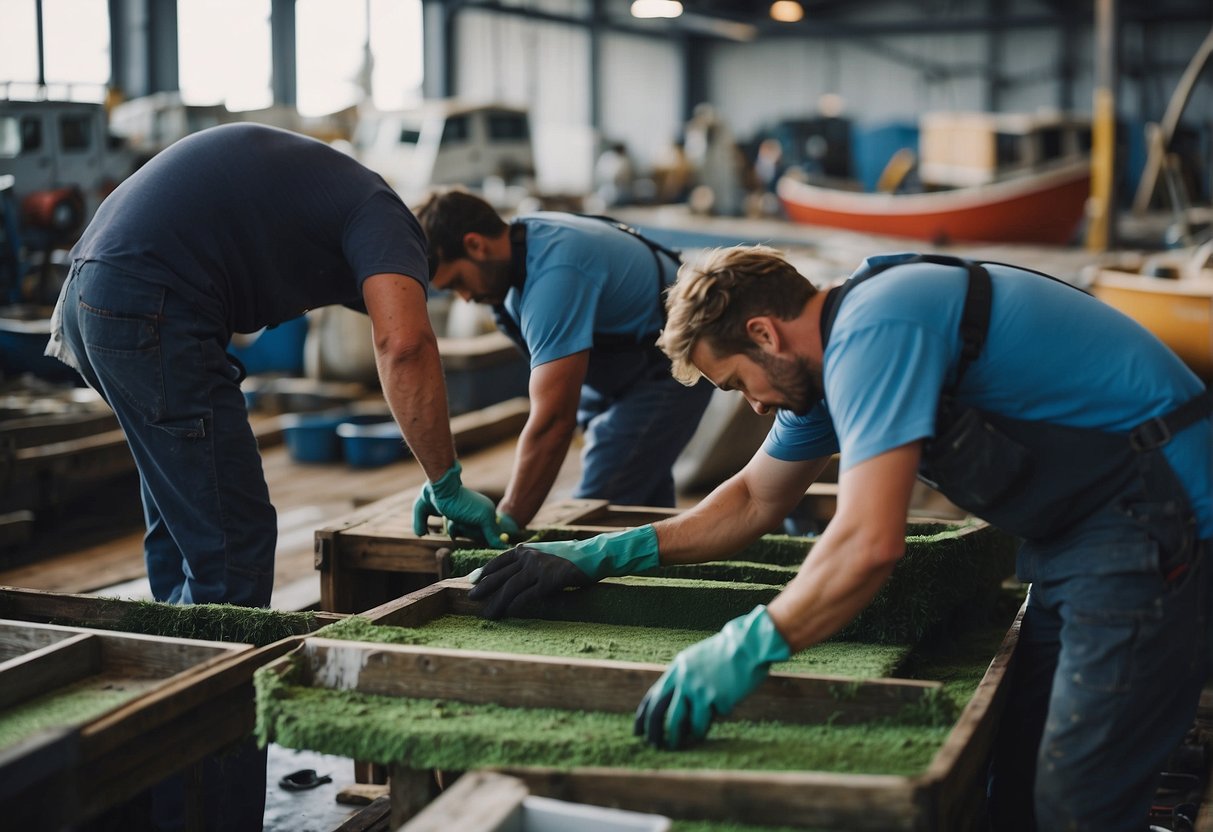
Regular Maintenance
Durability largely depends on the commitment to regular maintenance. Vessels must undergo routine inspections and cleaning to prevent biofouling—affecting both performance and fuel economy—which can be seen in the detailed study of how biofouling impacts naval ships. Systems should also be checked and serviced to avoid unexpected breakdowns or performance issues.
- Inspect Hull: Monthly checks for cracks or fouling.
- Engine Care: Change oil and check fuel system semi-annually.
- Sails and Rigs: Inspect for wear and repair as needed every season.
Storage and Transport
Proper storage and transportation are critical in extending the life of a boat. When not in use, boats should be stored in a dry and covered area to protect from the elements.
For Storage:
- Protect from sun: Use boat covers or store indoors.
- Drain water: Prevent corrosion and freezing damage.
For Transportation:
- Secure firmly: Ensure the boat is well-supported during transport.
- Cover exposed parts: Protect from road debris and weather conditions.
Safety Measures
Safety measures are paramount and non-negotiable. This includes both the physical condition of the boat and the safety gear provided onboard.
- Life Vests: Enough for all passengers, checked for wear and buoyancy.
- Emergency Gear: Fire extinguishers and flares should be accessible and in-date.
- Communication Devices: Check functionality before departure.
Boat owners must ensure that their vessel complies with safety standards and is equipped to handle emergencies. This involves regular inspection of the hull and onboard safety equipment, including life vests and emergency gear. It is also essential to ensure the effective functioning of communication devices for timely assistance in case of emergencies at sea.
Navigational Aspects
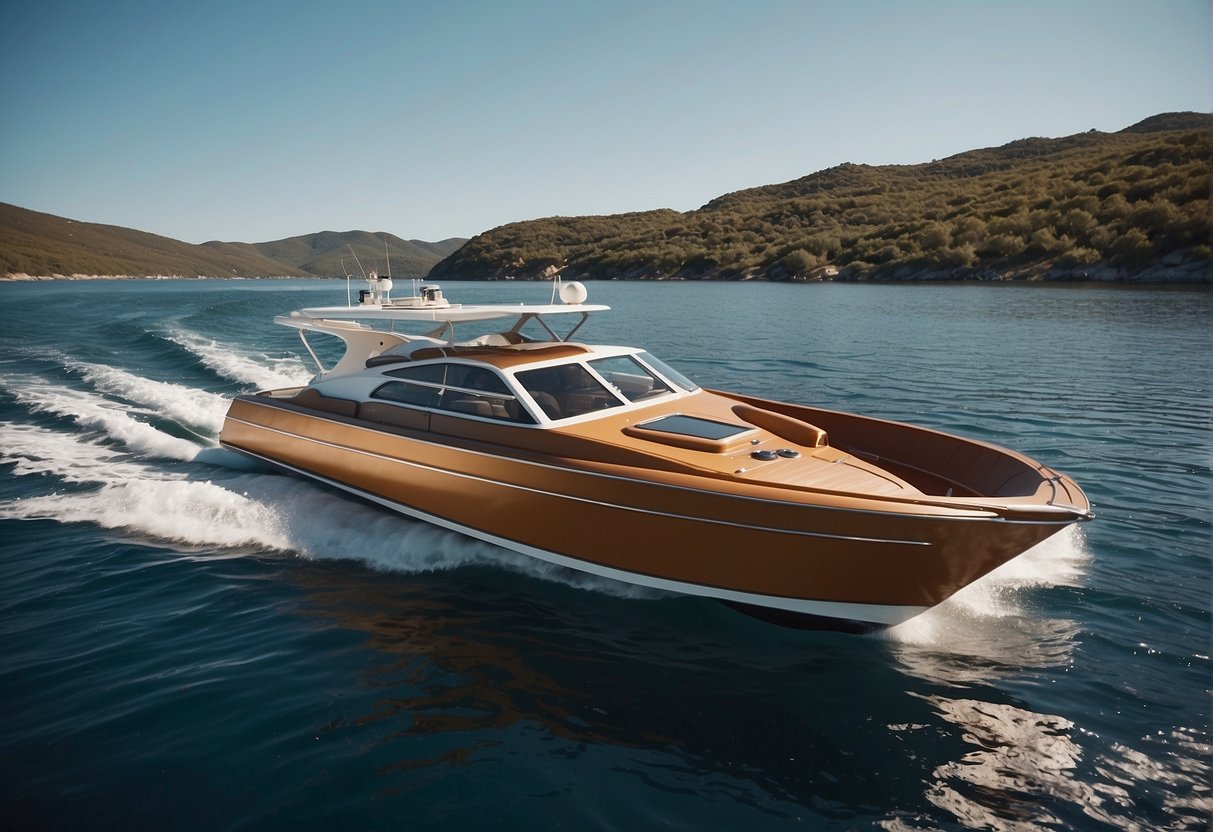
Navigating a boat effectively requires a sound understanding of the waterways, boat handling techniques, and practical docking and anchoring strategies. This section will offer insights that are crucial for any boat operator, from the intricacies of inland waterways to the challenges of handling a vessel in saltwater.
Understanding Waterways
Navigating through various water environments demands a thorough knowledge of their unique characteristics. In shallow waters, navigators must be vigilant of the water depth and potential underwater hazards that can damage a boat's hull. Inland waterways often have marked channels which boat operators must follow to avoid running aground. Operating in saltwater environments involves understanding the influence of tides, currents, and the larger waves that can affect a boat's course.
- Shallow Water: Extra caution is required to prevent grounding.
- Inland: Predominantly calmer waters but require familiarity with channel markers.
- Saltwater: Tidal and current awareness are key for safe navigation.
Boat Handling Techniques
Effective maneuverability is crucial and begins at the helm, where the operator must make decisions based on both the boat's capabilities and water conditions. Smaller boats offer greater maneuverability but are more susceptible to weather conditions. Larger vessels require more forethought in tight spaces and may have sophisticated navigation systems to assist the helm.
Key Techniques:
- Trim and Thrust: Adjust for optimum performance.
- Speed Control: Vital for response time and safety.
Docking and Anchoring
The final phase of navigation is docking and anchoring, which relies not only on the skill of the operator but also on proper equipment. Anchors must be chosen to match the seabed composition, whether it be sand, mud, or rock. Docking requires a slow approach and often the assistance of a crew member to secure the boat.
| Activity | Key Points |
|---|---|
| Docking | Slow approach, clear communication, and assistance are essential. |
| Anchoring | Appropriate anchor selection and understanding of seabed type. |
In conclusion, navigating different boat types efficiently necessitates a comprehensive grasp of diverse water conditions, precise boat handling skills, and meticulous docking and anchoring procedures.
Environmental and Legal Considerations
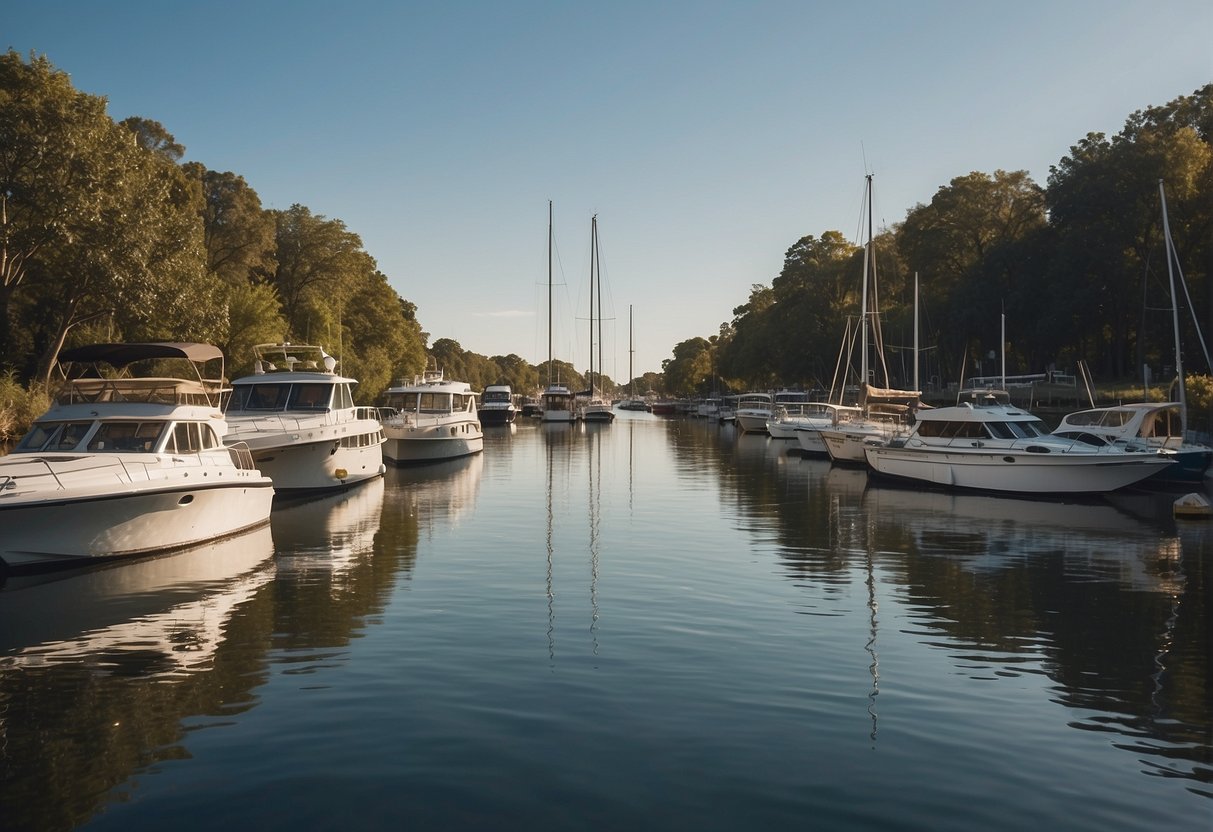
When navigating the waters in alternative boats, operators must consider a complex web of boating laws and regulations designed to protect both the marine environment and the safety of all waterway users. These rules vary widely depending on whether you're in freshwater or saltwater zones and are critical for conservation efforts and lawful boating conduct.
Boating Laws and Regulations
Freshwater and saltwater boating laws often differ due to the distinct ecological and navigational challenges present in each environment. For instance, freshwater regulations may address specific concerns about invasive species, while saltwater regulations might include international maritime laws for coastal and international waters.
- Safety Regulations: These encompass mandatory life jackets, boat lighting, and emergency protocols.
- Navigable Waters: Varies by location; usually require adherence to channel markers and speed limits.
- Operator Responsibility: Boaters must understand local, state, and federal laws applicable to their watercraft.
Conservation laws aim to protect aquatic life and habitats by regulating fishing, pollution, and boat waste disposal.
Environmental Impact
The environmental impact of boating is a considerable concern, with laws and regulations in place to mitigate harmful effects on marine ecosystems. Boaters must be mindful of:
- Emissions: Using engines with lower emissions to preserve air and water quality.
- Waste Disposal: Following strict disposal procedures to prevent pollution.
- Habitat Protection: Adhering to guidelines that prevent damage to sensitive marine habitats.
To ensure environmental health and compliance with the law, boaters are encouraged to stay informed and proactive regarding the evolving landscape of boating legislation.
Frequently Asked Questions
In this section, readers will find succinct answers to common questions about various boat types, offering clarity on classifications and optimal uses.
What varieties of small boats are most suited for lake use?
Small boats ideal for lake use typically include rowboats, canoes, kayaks, and small sailboats. They are preferred for their easy maneuverability and shallow drafts that are well-suited for the calmer and often shallower waters found in lakes.
Can you explain the different classifications of boats?
Boats are classified based on their size, type of propulsion, and use. This includes categories like unpowered or human-powered (kayaks, canoes), sailboats, motorboats, and purpose-specific boats such as fishing or recreational vessels.
What is a Class C boat and where is it typically utilized?
A Class C boat is designed for use in coastal waters, bays, and small lakes. They are generally no longer than 25 feet and can handle moderate waves and conditions better than smaller Class A and B boats, which are suited for more protected waters.
What are the primary categories of boats used in ocean navigation?
For ocean navigation, the main boat categories include cruising sailboats, trawlers, and ocean-going motor yachts. Each is built to withstand the rigorous conditions of open ocean travel, equipped with navigation, and capable of extended trips.
What are the unique features of alternative boat types not commonly known?
Alternative boat types, such as multi-hull boats (catamarans and trimarans) or pontoon boats, often offer greater stability and space. Amphibious boats add the ability to travel on land and water, which is an uncommon but practical feature.
Which style of boat is considered the most versatile for multiple water conditions?
The Center Console boat is considered highly versatile, designed to handle various conditions from inshore waters to nearshore ocean environments. Its open deck layout makes it adaptable for pleasure, fishing, or utility use.



